Obesity is an epidemic. Normally, people wouldn’t necessarily consider non-communicable diseases, like obesity, to be epidemics – but they are. Obesity is attributed to a lack of self control, but there is more to it than that: the structure of society has changed.
Unhealthy food has gotten cheaper and society has gotten more convenient. [Seriously?! We’re too lazy to walk our dog??]
New York comes in at #30 on the 2012 State of Well-Being Report. Virginia ranks #14, West Virginia #50, and the top honor goes to Hawaii. The report, run by Gallop and Healthways, ranks the states on a scale of well-being from 1-50, with 1 being the healthiest. Gathering information from January 2, 2012 to December 20, 2012, the report ranks states based on overall well-being, life evaluation, emotional health, physical health, healthy behavior, work environment, and basic access. But what if we want to change where our respective states fall on this list? Cue Fit City 8.
Fit City 8 NYC kicked off June 13, 2013. In it’s eighth installation, the exhibition hosted by the American Institute of Architects New York Chapter and the New York Department of Health and Mental Hygiene, takes on the name of FitNation, aiming to educate and motivate a diverse set of professionals across the country to promote physical activity. “Promoting Physical Activity Through Design” is the main objective of the Fit City/Fit Nation Conferences and the Center for Active Design. Architects, landscape architects, interior designers, and urban designers can either be complacent with the epidemic of obesity and the related health problems, including heart disease and diabetes, that our country has – or they can help to solve those problems – that is what Fit City 8 is all about.
The exhibit focuses on key concepts, listed below, that encourage increased movement, grassroots and policy initiatives directed at public health, and the interactions of other healthful efforts.
Keys to a FitNation
- CLIMB –Climbing stairs, ramps or hills
- MOVE – Walking
- RIDE – Bicycling
- CONNECT – Multimodal transit use
- PLAY – Active recreation, exercise, or sport
- GRAZE – Healthful eating
- NETWORK – Projects that connect places, or exist in multiples
- GRASSROOTS – Projects initiated through community action
- RE-PURPOSE – The renovation or reuse of an existing space for healthful activity
After attending the event, we have ideas for you as to how to be more active in your everyday life and with everyday designs. Take a look below and start moving!
1. Get to walking
Try to take the stairs as often as possible, or park your car farther away from your destination than you normally would. If it’s a nice day, take a break to clear your mind and go for a walk; if you’re in close proximity to the High Line, we suggest it!
2. Make a home gym
In order to stay active, you don’t need a huge space. This home gym atmosphere was created as part of the FitNation exhibition.
3. Developers, designers, landscape architects: this one is for you!
The built environment is one of the biggest influences on our health, but their design is sometimes out of our control. Encourage healthy design whenever possible!
4. Use the power of teamwork
Get a group of your friends to participate in activities you normally wouldn’t do! Rollerblading, anyone? How about ping pong?
All in all, the most important thing about staying active is staying motivated! Get a group of your friends who will support you and be dedicated to helping you succeed. Ideally, you will inspire them to start participating in your part of a FitNation!
How do you stay active? What inspires you to keep moving?
Feature image via


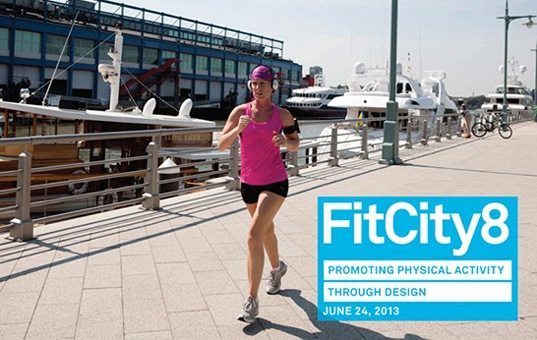

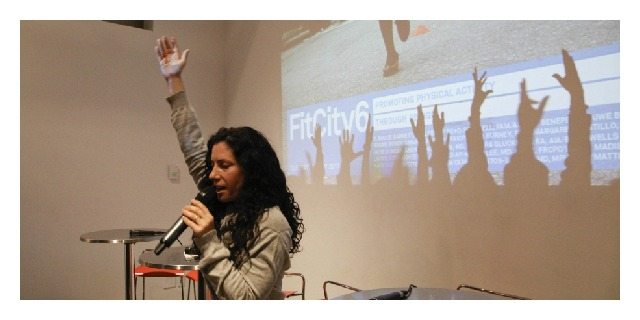
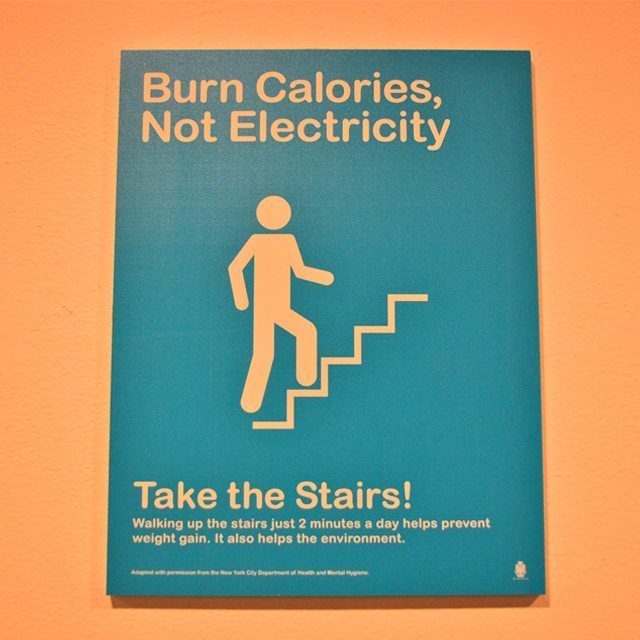
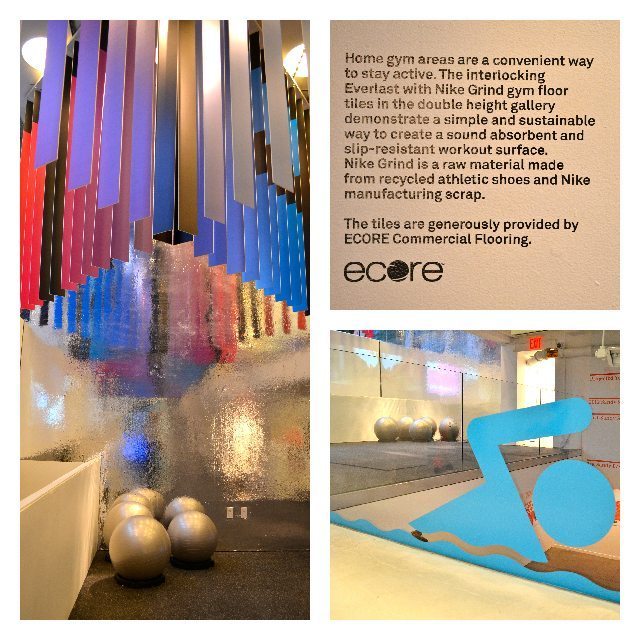
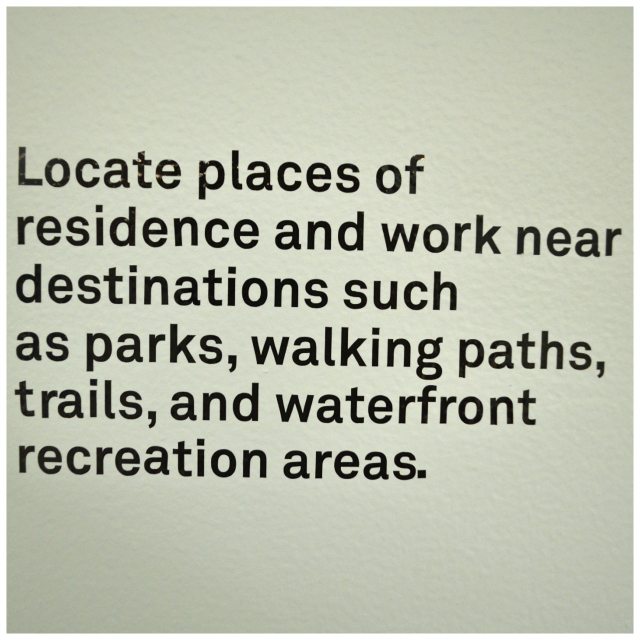







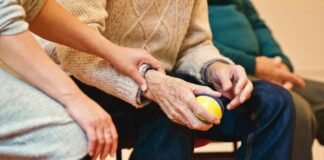
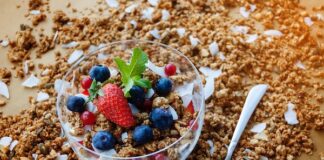
![Daily Bite [Make]: Philly Cheesesteak Stuffed Bell Peppers](https://dashofwellness.com/wp-content/uploads/2013/01/Philly-Cheesesteak-Stuffed-Pepper-Daily-Bite-1-100x70.png)
